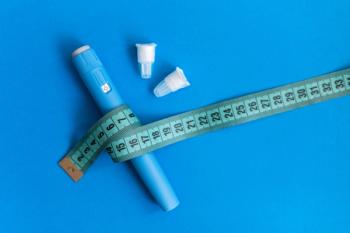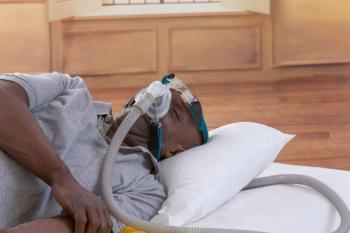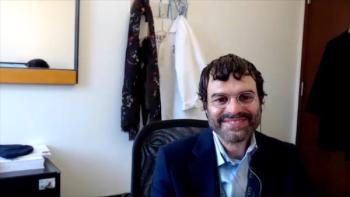
Analysis Finds Steep Rise in Healthcare Cost-Sharing Over Past Decade
The rise in employee cost-sharing for healthcare predates Obamacare but has taken off since the law passed in 2010. Higher deductibles have been accompanied by stagnant wages, ensuring that the higher payments are deeply felt.
People with private health coverage have seen a sharp rise in the portion they pay out of pocket, a trend that predates the Affordable Care Act but has taken off since the law passed in 2010, according to an
Gary Claxton, Larry Levitt, MPP; and Michelle Long, MPH; writing for the Kaiser Family Foundation, found that cost-sharing for patients jumped 77% for the period from 2004 to 2014. To arrive at this figure, the authors analyzed a claims sample from the Truven MarketScan Commercial Claims and Encounter Database.
The sample included between 785,000 and 15.3 million enrollees per year and was limited to health plan enrollees with at least 6 months of coverage from large employers.
The authors note that they could not capture balance billing for services that come patients may have received from out-of-network providers—a trend that has picked up steam in the last few years as health plans have embraced “narrow networks” to contain costs.
“We find that, between 2004 and 2014, average payments for deductibles and coinsurance rose considerably faster than the overall cost for covered benefits, while the average payments for copayments fell,” they wrote.
Overall, the authors found patient cost-sharing increased from $422 to $747 for the period studied—and more recent data they mention in their report suggests deductibles in particular jumped again for 2015. For health plans, meanwhile, payments rose 58%, from $2748 to $4354.
“This reflects a modest decline in the average generosity of insurance—large employer plans covered 86.7% of covered medical expenses on average in 2004, decreasing to 85.3% in 2014,” they wrote.
The problem, they write, is that while out-of-pocket payments for healthcare rose, wages did not. They rose only 32% from 2004 to 2014. The study period spans the Great Recession, during which unemployment peaked at 10.0% in October 2009, and many Americans saw savings and investment accounts wiped out.
Those in the top 15% of healthcare spenders, who consume 74.8% of the benefit costs, had substantially higher out-of-pocket costs. These enrollees’ average out-of-pocket was $2679 in 2014, including $1249 in coinsurance, $928 for deductibles, and $502 in copayments.
Over time, deductibles have become a more prominent feature of employee cost-sharing. They accounted for 24% of the pie in 2004 but were nearly half, at 47% in 2014. The authors speculate that the trend may have been designed to make employees more conscious of the cost of healthcare services and more wise in choosing them. But critics of this system say if a deductible is unaffordable, it causes some to delay needed care, which can have consequences—and higher costs—down the road.
Newsletter
Stay ahead of policy, cost, and value—subscribe to AJMC for expert insights at the intersection of clinical care and health economics.













































